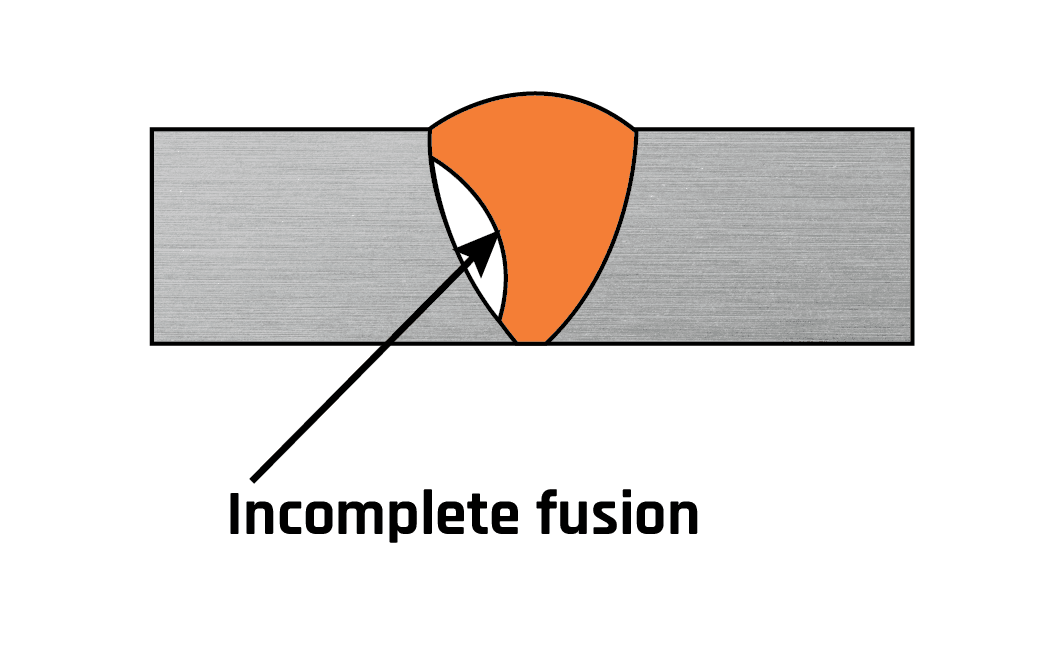Step-by-Step Overview to Preventing Weld Undercut in Different Metals
A Comprehensive Guide to Identifying, Averting, and Dealing With Undercut Welding Issues in Your Welding Jobs
In the realm of welding, running into undercut concerns is an usual difficulty that can jeopardize the structural stability and overall quality of your welding tasks. Comprehending the source behind undercut welding, having the ability to properly detect it in your welds, and implementing effective preventative actions are crucial skills for any kind of welder. Furthermore, having the understanding and methods to correct undercut problems when they do take place can make a considerable distinction in the last result of your welding endeavors. Remain tuned as we check out the important parts of determining, preventing, and repairing undercut welding troubles, offering you with useful insights and approaches to raise your welding skills to the next degree.
Usual Reasons For Undercut Welding
Undercut welding, a common concern in welding procedures, can be triggered by different aspects that need to be thoroughly recognized and dealt with to make sure the stability of the weld joint. Among the primary reasons for undercut welding is extreme heat input. When the welding specifications, such as voltage, existing, or take a trip rate, are not properly set, an excessive amount of warm can be produced. This excess warm brings about the melting and subsequent removal of the base material along the edges of the weld joint, creating a groove known as undercut.
Another usual reason of undercut welding is improper welding technique. Recognizing these root causes and applying restorative steps is important in preventing and fixing undercut welding issues in welding projects.
Identifying Undercut in Welds
To determine undercut precisely, correct lights and magnifying devices are vital to examine the weld joint thoroughly. Utilizing tools such as a welding gauge or a magnifying glass can help in spotting even the smallest undercut imperfections. Additionally, running a finger or a finger nail along the weld joint can occasionally disclose undercut, as the surface area might feel uneven or have a dip where the undercut exists.
Preventive Measures for Undercut
Having a deep understanding of the reasons for undercut in welds permits the implementation of effective preventive measures to keep weld top quality and honesty. One crucial safety net is proper weld joint preparation. Making sure that the sides are clean, without contaminants, and effectively beveled can considerably minimize the probability of undercut (Preventing weld undercut). Furthermore, selecting the ideal welding specifications, such as voltage, current, and take a trip speed, is essential. These setups ought to be optimized to protect against extreme heat input, which can cause undercut development.

Methods for Repairing Undercut

To address undercut concerns efficiently, welders can use certain methods focused her comment is here on remedying the defect and recovering the stability of the weld joint. One technique is look at here now to change the welding parameters, such as the voltage, existing, and travel rate, to guarantee correct warm input and blend. Enhancing the welding existing or decreasing the traveling speed can aid fill in the undercut. In addition, changing the welding strategy from a push to a drag or vice versa can additionally help decrease undercut.
Another method is to make use of a weaving motion while welding to make sure correct sidewall blend and fill in the undercut. By oscillating the welding arc back and forth within the weld joint, the welder can deposit a lot more filler product into the undercut areas, properly eliminating the flaw.
Furthermore, grinding out the undercut and rewelding the joint can be a practical remedy for more serious undercut problems - Preventing weld undercut. This procedure entails removing the undercut section, preparing the base metal, and afterwards rewelding the joint with correct welding parameters and methods to stop undercut from returning

Specialist Tips for Staying Clear Of Undercut
Making use of proper welding methods and keeping control over key welding specifications are crucial techniques for welders intending to prevent undercut in their weld joints. Furthermore, choosing the ideal welding process and filler metal for the certain application can aid prevent undercut. Maintaining a constant traveling rate throughout the welding procedure is another important idea to protect against undercut.
Conclusion
In conclusion, determining, protecting against, and fixing undercut welding issues in your welding jobs is vital for making certain solid and durable welds. Preventing weld undercut. By comprehending the typical reasons for undercut, being able to determine it in welds, carrying out safety nets, and making use of correct strategies for dealing with undercut, you can stay clear of possible problems and produce top notch welds. Complying with professional ideas for preventing undercut can assist you improve your welding skills and generate far better lead to your jobs
Undercut welding, a typical concern in welding processes, can be created by various elements that need to be very carefully determined and resolved to ensure the stability of the weld joint. In addition, running a finger or a fingernail along the weld joint can sometimes disclose undercut, as the surface area may really feel unequal or have a dip where the undercut exists.
Using proper welding strategies and preserving control over essential welding criteria are critical methods for welders aiming to protect against undercut in their weld joints.In final thought, identifying, protecting against, and taking care of undercut welding problems in your welding tasks is important for guaranteeing durable and strong welds. By official site understanding the typical causes of undercut, being able to determine it in welds, implementing precautionary measures, and making use of appropriate techniques for taking care of undercut, you can avoid prospective concerns and produce high-grade welds.